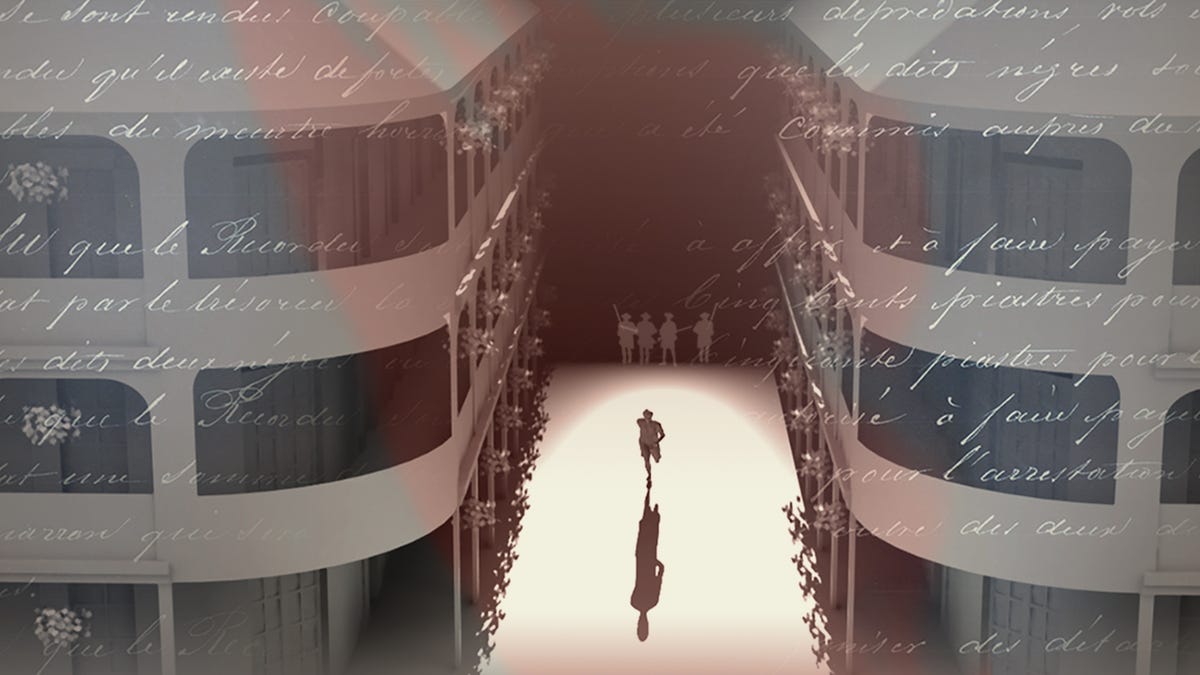by DAPHNE DURET

The little-known, slavery-era story of one of the first documented police shootings of an American Black man and why police made him a criminal.
Two centuries ago, the blood of a one-armed Black man stained the swamp grass along the banks of Bayou St. John in New Orleans.
The city guardsmen who shot the fugitive slave lowered their guns. They got close enough to count two wounds, maybe three, and decided that Bras-Coupé was finally dead.
They were wrong.
Born when Black bodies were the property of white men and American law enforcement had barely evolved past the night watches of Europe, the slave formerly known as Squire lost an arm more than a year before the guardsmen shot him in the bayou.
In January 1836, another city patrolman’s bullet tore through his upper right arm after Squire resisted officers’ attempt to take him back to his master. A doctor amputated the limb, and Bras-Coupé – Squire renamed after the French phrase for severed arm – became one of America’s first publicized cases of a police officer shooting a Black man in the line of duty.
Police waged a public relations war against Bras-Coupé that turned him into an alleged super predator. By the time the officers shot him in the bayou in April 1837, Bras-Coupé had become the most wanted bandit in their campaign to rid the city’s outer swamps of fugitive slaves. Newspapers described him as a killer and a demon so scary that white parents warned their insolent children that he would come and get them in the night.
The history of law enforcement in the USA is as scattered and varied as the development of each colony, state and territory. One thread, however, is consistent. Even before police were police, the nation’s earliest law enforcement agencies monitored, controlled and punished Black people in every place they encountered them.
USA Today for more